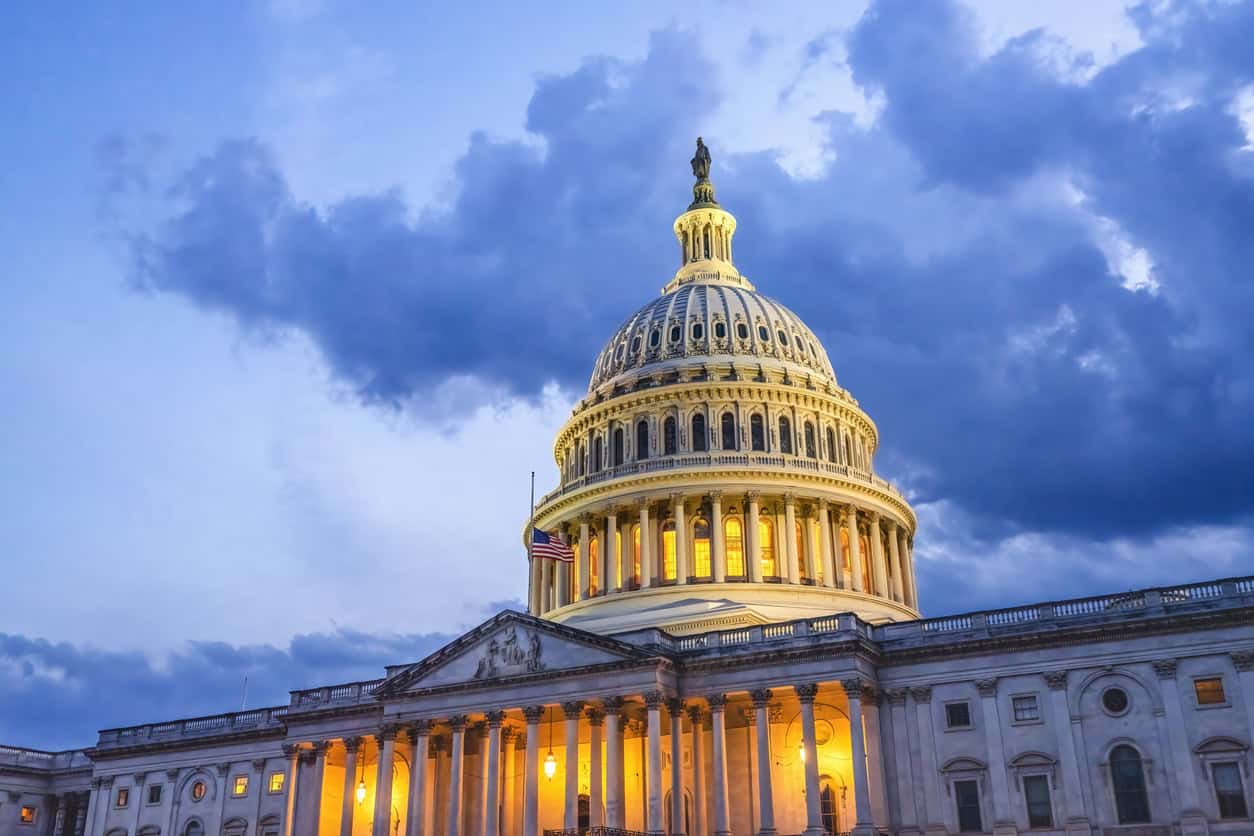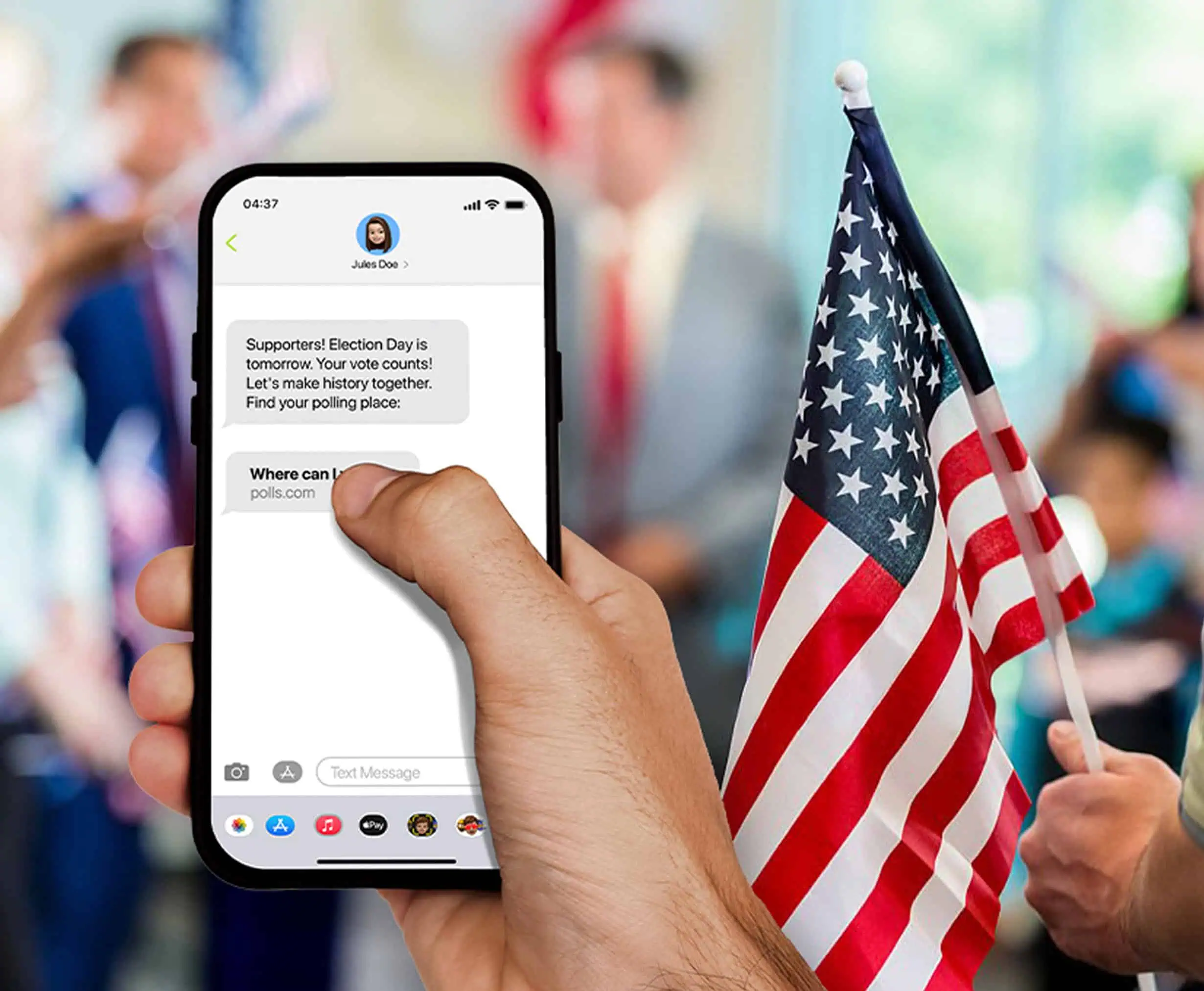Political campaigns live and die on effective communication. Every text you send is a chance to mobilize voters, engage donors, or rally volunteers. But not all text messaging channels are created equal. For political consultants and campaign teams, the decision between 10DLC, toll-free, and short codes can shape your outreach strategy.
Each type of messaging has unique strengths and challenges. Understanding when and how to use each option will help you make sure your messages reach the right people at the right time. Let’s break it down.
10DLC: Local Presence, Scalable Outreach
What it is:
10DLC (10-digit long code) is essentially a standard local phone number that’s approved for business messaging. Carriers have put rules in place to register campaigns so that your texts don’t look like spam.
Use cases in politics:
- Direct voter engagement at the local level
- Event reminders for town halls, meet-and-greets, and rallies
- Constituent outreach for advocacy groups
- Relational organizing where volunteers text their personal networks
Pros:
- Feels personal and familiar since it looks like a local number
- Cost effective and quick to set up
- Strong carrier support when properly registered
- Great for conversational P2P-style texting
Cons:
- Strict carrier registration requirements
- Throughput is limited compared to short codes
- High-volume campaigns may experience throttling
- Not always ideal for urgent, time-sensitive blasts
Bottom line: 10DLC is perfect for campaigns that want a local, authentic voice while keeping costs manageable. It shines in two-way conversations and grassroots-style outreach.
Toll-Free Numbers: Professional Scale with Flexibility
What it is:
A toll-free number is a familiar business number (think 800, 888, 877, etc.) that can now also be used for text messaging. Carriers allow higher throughput than 10DLC, but at a fraction of the cost of a dedicated short code.
Use cases in politics:
- Large-scale donor communications
- National campaigns that want one recognizable number
- Hotlines for voter protection or information
- Statewide ballot initiative outreach where consistency matters
Pros:
- Higher throughput than 10DLC
- Can handle larger lists without major delays
- Cost effective compared to short codes
- National presence and easy to remember
Cons:
- Slightly less personal than local 10DLC numbers
- Registration and verification can take time
- Carriers sometimes apply filtering if traffic looks suspicious
Bottom line: Toll-free numbers are a sweet spot for campaigns that need scale without the hefty cost of a short code. If you want a professional look that voters can easily recognize, toll-free is a strong option.
Short Codes: The Gold Standard for High-Volume Political Campaigns
What it is:
Short codes are five or six-digit numbers built specifically for high-volume messaging. They’re the heavy hitters of political texting. Think of “Text VOTE to 12345.” Short codes can send massive amounts of texts in seconds.
Use cases in politics:
- GOTV (Get Out the Vote) pushes
- Breaking news updates during the campaign cycle
- Fundraising blasts tied to deadlines
- National advocacy campaigns that require fast, reliable delivery
Pros:
- Unmatched throughput and speed
- Highest deliverability and reliability
- Easy for voters to remember
- Trusted for large-scale political programs
Cons:
- Expensive compared to 10DLC and toll-free
- Approval process takes longer (often weeks)
- Less personal, can feel like a broadcast channel
- Not practical for smaller or local campaigns
Bottom line: Short codes are the powerhouse choice for national campaigns and urgent GOTV efforts. If speed, scale, and guaranteed delivery are non-negotiable, short code is the way to go.
Making the Right Choice
No two campaigns are the same. A congressional race may thrive on 10DLC because it’s about building local connections. A statewide ballot initiative might rely on a toll-free number to maintain consistency across regions. A presidential campaign will almost certainly use short codes when crunch time arrives.
The best strategy often blends all three. Use 10DLC for volunteer conversations, toll-free for donor outreach, and short codes for GOTV blitzes. Each tool plays a role in a winning messaging strategy.
The Wonder Cave Perspective
At Wonder Cave, we believe the right messaging channel is as important as the message itself. Political texting is not one-size-fits-all. By choosing the right path for your campaign, you’ll maximize engagement, keep costs under control, and deliver results where they matter most.
The next election cycle will be defined by who can cut through the noise. With the right mix of 10DLC, toll-free, and short code, your campaign can do exactly that.



